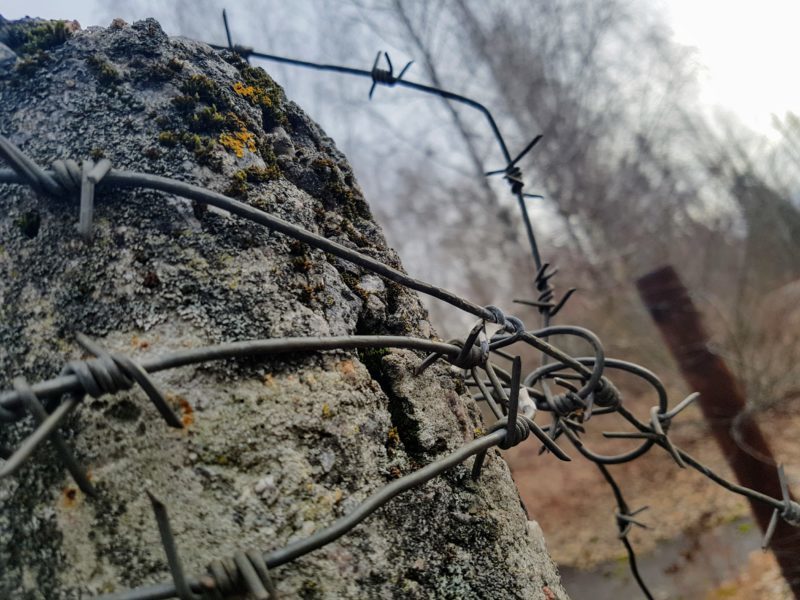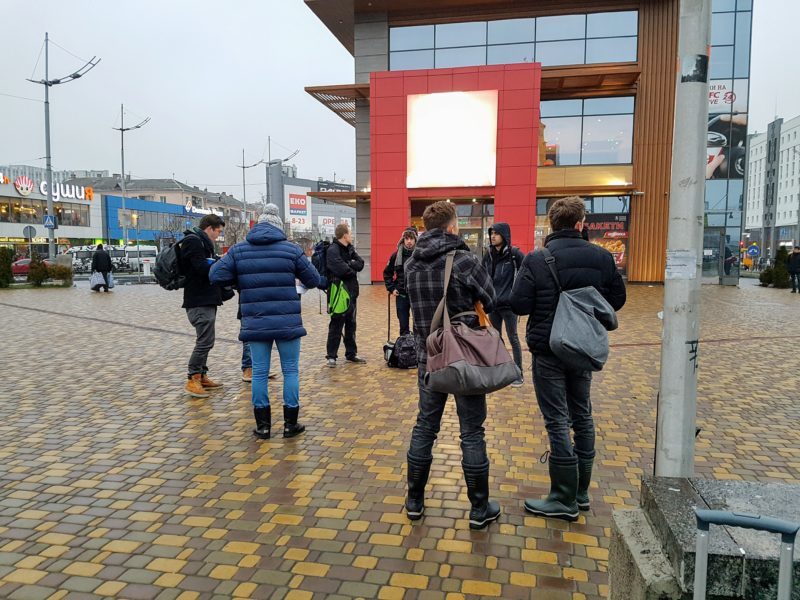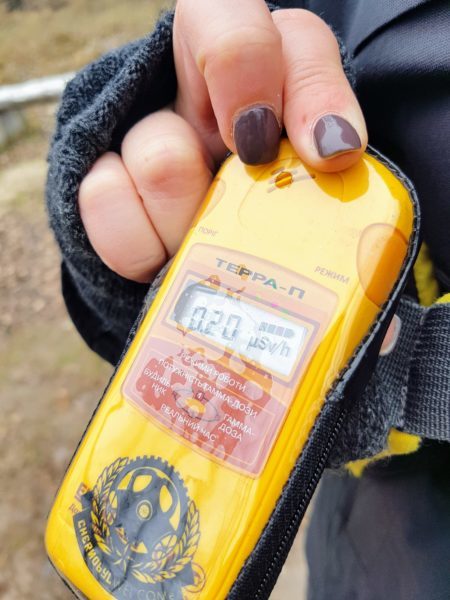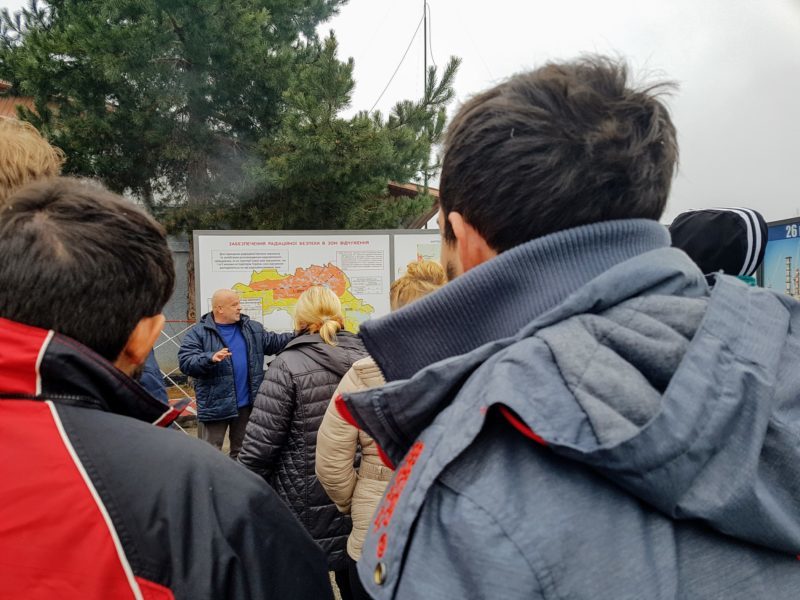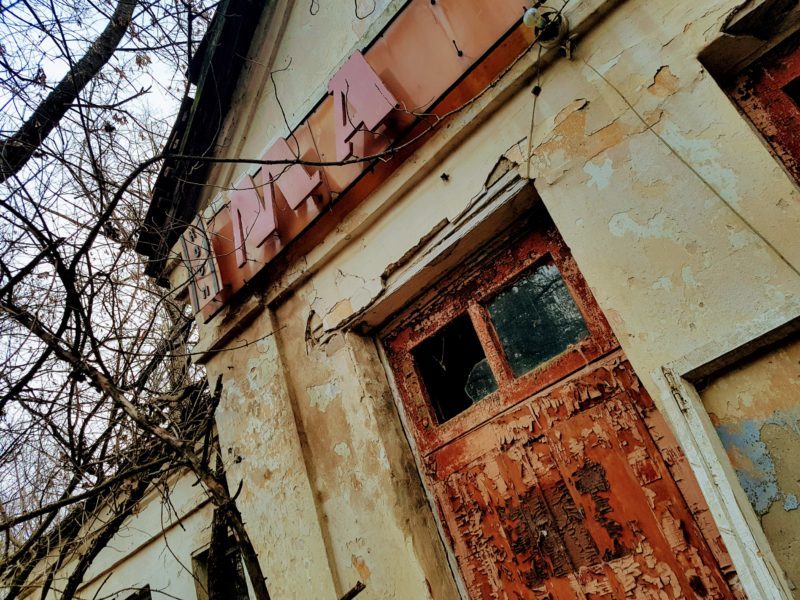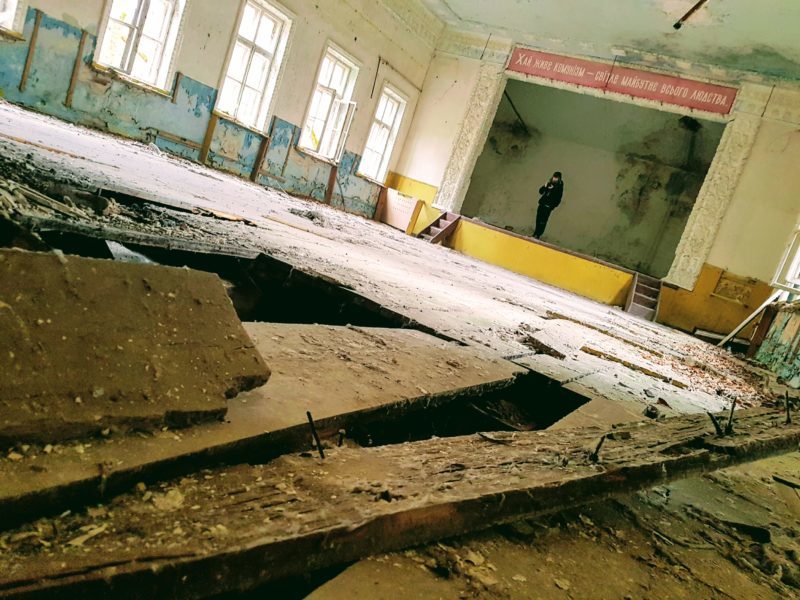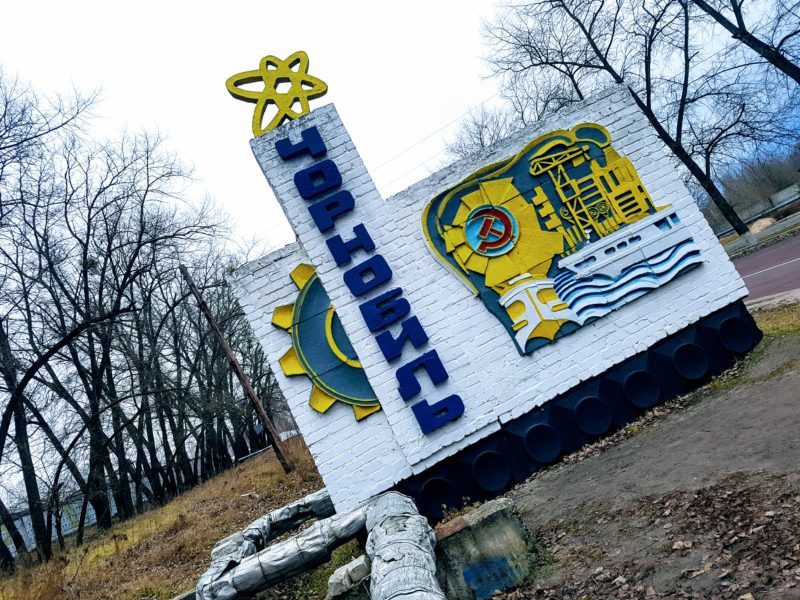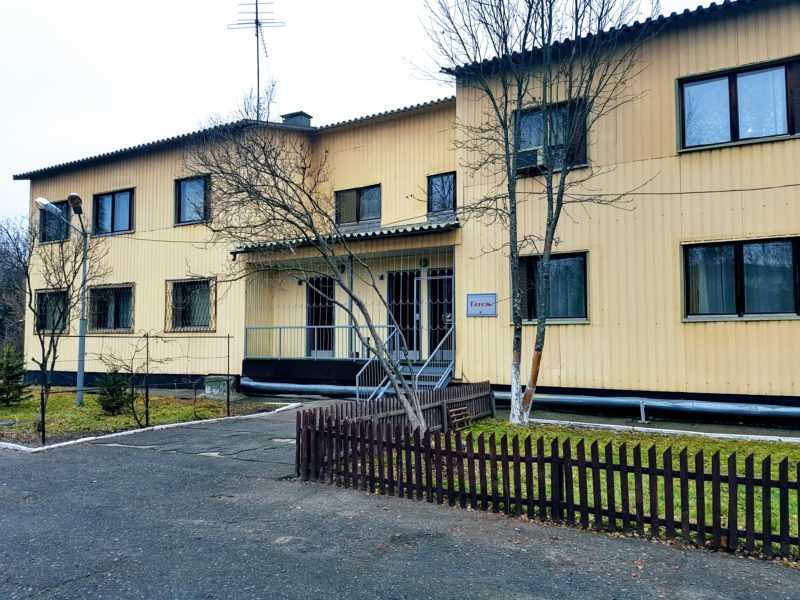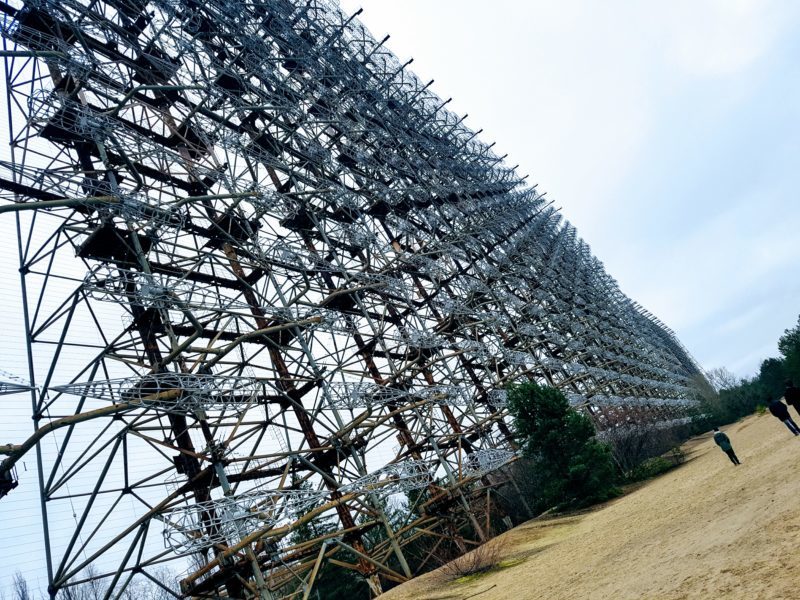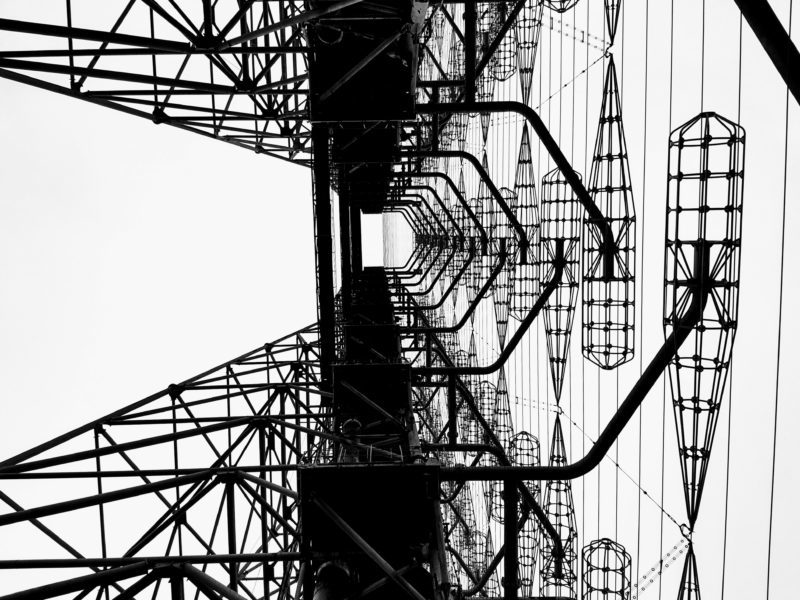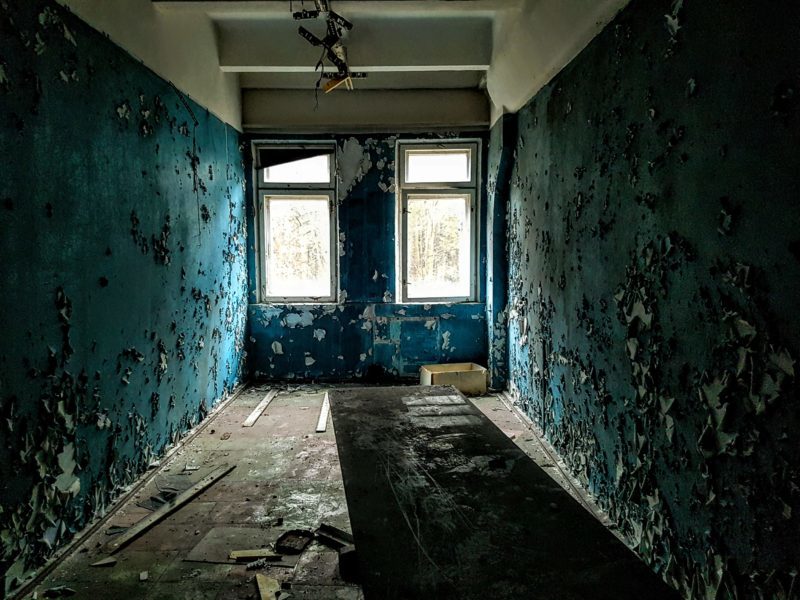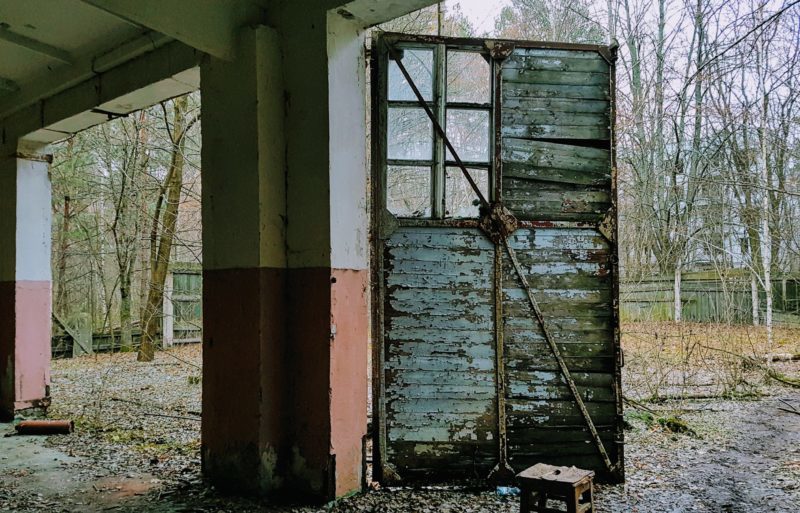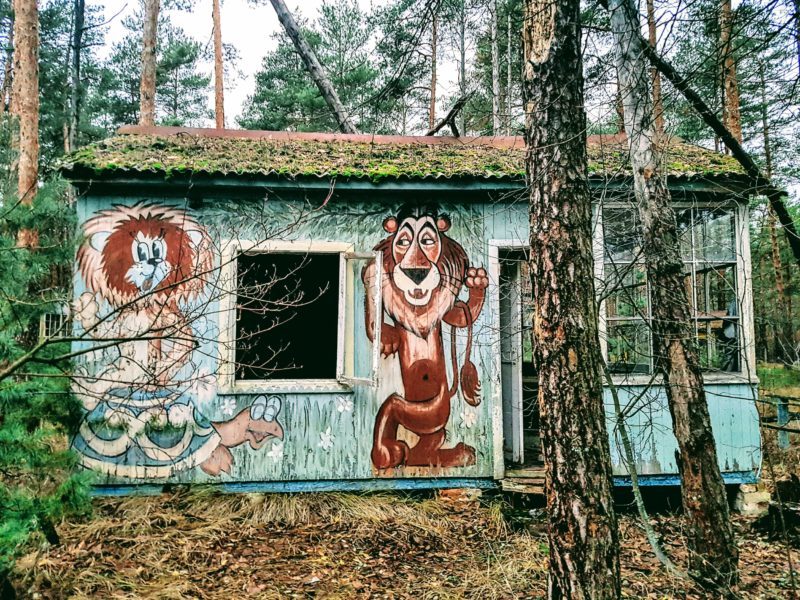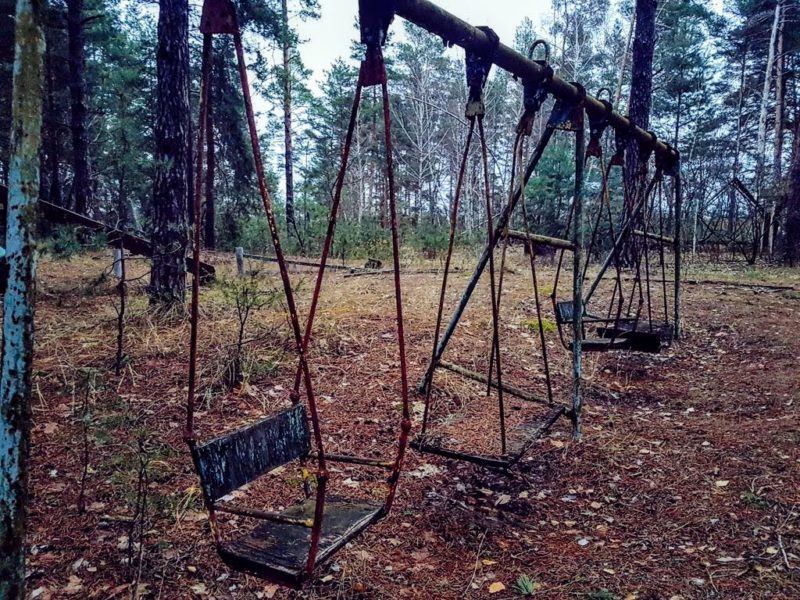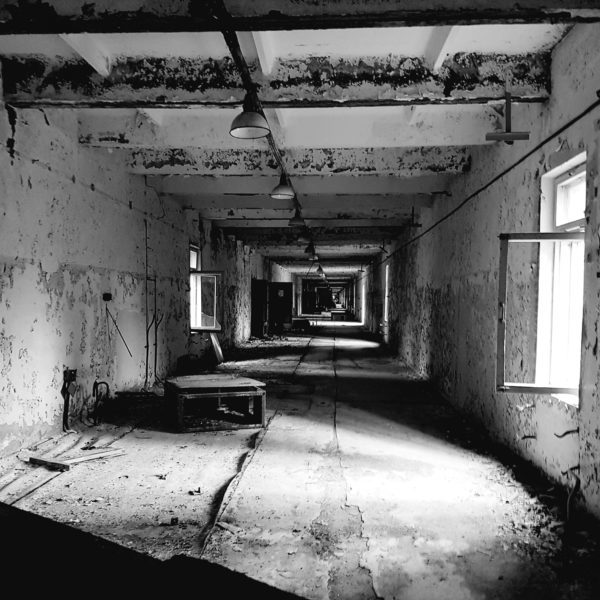Last updated: 15 July 2023
2022 Update
We are deeply saddened by what is happening across Ukraine at the moment and our hearts go out to everyone whom has been affected by this ongoing tragedy. Obviously, travel to Ukraine is not an option so please consult your local Government website for guidance and official charities on how to best donate.
This post was written in early 2017 following our visit in late 2016, we hope our Ukraine posts continue to provide some historical context about what travel to Ukraine was once like.
If you’re planning a visit to the Chernobyl Exclusion Zone but not quite sure what to expect then I hope you will find this post helpful in an effort to prepare for your visit. We visited a couple of years ago in an effort to learn more about the events of April 26th 1986 and the impact on the town of Pripyat. Our visit was a mix of emotions as our guide explained the history, the stories of the people who lived there, and how Chernobyl operates today. At times the visit was sad, chilling, heartbreaking, and poignant. I am glad we made the decision to visit because we were learned more than we ever thought possible and feel much more informed about the enormity of the Chernobyl disaster. Here’s what to expect from a visit.
Booking a Tour
The first thing that you need to know if you’re planning a visit to the Chernobyl Exclusion Zone is that you need to visit with a tour group. The government run exclusion zone screens visitors before they enter the Exclusion Zone, so there are no solo or independent visitors allowed.
Passports and permits are required to access the restricted space and after spending two days there, it obvious why a guide is needed.
We booked this tour, operated by one of only a couple companies who are authorised to run tours into the 30 km Chernobyl Exclusion Zone. We opted for a 2-day tour which included a full 2 days of exploration, accommodation & meals at the only hotel location within the Exclusion Zone, transport from Kiev, and a professional tour guide for the entire trip.
Day 1
Meeting the Tour Group
We met the tour group just outside the Kyiv Central Railway Station (closest metro stop is Vokzalna on the red line) in the early morning. A grand total of 25 people booked in for the tour, a large group of Dutch tourists and of course, a fellow Aussie. The large group was split into two smaller groups.
Our smaller group of 12 boarded our zebra-striped mini van, took our seats, and pulled out or phones to connect to the free in-van WiFi. Our guide, Helen, introduced herself and handed out a Chernobyl newsletter. The newsletter was written tongue -in-cheek and set the tone for our group.
We were on the road for about 90 min before we stopped for a comfort break and the opportunity to pick up food supplies. Once we were back on the road and with the help of a short DVD, Helen began addressing the question that was on the forefront of our minds; what possible radiation levels could we be exposed to during our visit?
How Are Radiation Levels Measured?
We were provided Geiger counters and advised to use them during the tour, not because we would be venturing anywhere that could be considered dangerous but rather because it allowed us the opportunity to see the actual radiation levels for ourselves.
A Quick Lesson in Measuring Radiation
Radiation levels are measured in units called sieverts (Sv) per hour of exposure, previously measured in rem. 1 sievert = 100 rem. The measurement is based on duration of exposure, distance, and the strength of radiation A Geiger counter measures radiation levels in microsieverts (uSv) which is 1 sievert divided by 1,000,000.
What Does This Mean?
To make all this a little easier to understand, let’s look at the type of radiation we are exposed to on a daily basis; (microsieverts are written as uSv)
– 10 uSv – radiation levels an average person is exposed to daily
– 23 uSv – radiation levels during a flight from Kyiv to Toronto
– 2.2 uSv – radiation levels during a Chernobyl Wel.com tour
Next up on the tour was a really informative video about the Chernobyl nuclear disaster. The addition of the video was helpful to provide context of what we were about explore.
First check point. 30 km Exclusion Zone
We arrived at the first checkpoint at the 30 km Exclusion Zone with several other tour groups. We disembarked and read some of the information boards whilst the tour guides met with the checkpoint guards. We were advised that we couldn’t take photos of the guards.
From here it was 30 mins to Chernobyl town before heading to the hotel for lunch. The plan was to visit the abandoned town of Pripyat on day 2 but more information would follow in the evening.
An orderly queue formed before we could get back into the van. We had to show our passports to the guard who cross referenced our names against those on his clipboard. Once we were back on the road, we had to sign a disclaimer covering what we would be allowed to do whilst in the zone. All common sense really – don’t go anywhere unless the guide tells you it’s ok to go, don’t touch anything, don’t bring anything back with you, no drugs, no alcohol etc
First Stop – Small Town
Our first stop was a small town on the southern side of the Chernobyl nuclear power plant.
Cameras in hand, we followed Helen through shrubbery along a dirt path until we arrived at various buildings and a large town hall. The group walked into the buildings and take photos but advised to watch our step. This was to become a common warning during the tour because some of the buildings were in a pretty dilapidated state. A notion that quickly became reality when Roma’s leg went through a crumbling floorboard.
The decaying state of the town wasn’t a result of the explosion from the nuclear power plant but rather from the years of neglect and looting which took place in the years following the disaster. I felt a sense of sadness walking through the buildings as thoughts of the daily life that once existed in these rooms conjured in my mind.
Second stop – Welcome to Chernobyl
Our second stop was the Welcome to Chernobyl sign which greeted visitors to The Atomic City. The town was the pride of the former Soviet Union, a demonstration of the strength of the nuclear capability.
Notice the silver covered pipe running next to the sign? These are the modern town’s heating pipes which need to run above ground because it’s forbidden to dig into the contaminated soil. Despite being an abandoned town, the heating pipes are still needed today because the town is occupied by workers who have been deployed to work on the new sarcophagus.
Third stop – Pripyat Hotel
We headed to our hotel to check in and have some lunch before heading back out to do some more exploring. The idea of being indoors for a little while agreed with all of us because we were starting to feel the cold…despite being in thermals!
Our hotel could be best described as functional. 1970’s Soviet-era hotel that was renovated in 2014. The rooms were clean, the bed was comfortable, and the meals were hot. Don’t expect anything more than the bare basics but you really don’t need anything more than that.
Fourth stop – Duga Radar Station
Our next stop was the Duga radar station, a Over-The-Horizon (OTH) radar system which was part of the former Soviet Union’s early warning system.
The road leading to radar station is 7 km long and constructed out of large concrete slabs and it took considerable time to drive slowly across the slabs.
We arrived at an abandoned building and then proceeded to the actual radar system by foot. And the moment we first saw the gargantuan radar station we were actually a little speechless…it’s massive.
We spent some time walking around the radar station taking photos, trying to find the best angles, and just trying to comprehend its sheer scale. It’s incredible to think that Duga was in operation from 1976 to 1989, which meant that it continue to operate following the nuclear disaster!
Despite its size, its existence was a closely guarded secret and Duga only became public knowledge following the fall of the Soviet Union in 1991.
As we reached the end of the radar station we came across another abandoned building, this was the former radar employee training centre. We were given some time to explore the empty rooms and corridors by ourselves and, of course, take photos.
Fifth Stop – Abandoned Apartment Building & Fire Station
After we finished exploring the radar station we set off on foot to a nearby abandoned apartment building. It was beyond eerie to walk up the stairwell and into the former homes of Chernobyl residents and see the decay for ourselves.
The final stop before we headed back to the van was the old Fire Station.
Sixth Stop – Worker Recreation Area
Despite our senses feeling overwhelmed by the sights, the history, and the decay, we were ready to press on to our next stop, the worker recreation area.
Helen informed us that Soviet Union was very proud of the Chernobyl nuclear power plant and invested heavily in the surrounding towns, such as Pripyat, to make it a dream destination for many workers. There was even a dedicated recreation park that was designed exclusively for the workers of the power plant and that was where we were headed next.
Upon arrival we were all immediately struck by the atmosphere of the abandoned recreation park, it looked like something out of a horror film. Dozens of dilapidated old cottages with shattered windows stood in stark contrast to the cheerful children’s cartoons painted on the wooden panels. It was at this point in our visit that the sun began to set and we headed back to the van.
Back to the Hotel
Back in the van and on the way back to the hotel the group was very quiet as we let the events of the day wash over us. Some slept, some of us took notes, and some chatted quietly. We had one final stop to make before our hotel and that was a radiation screening.
We stopped at the border checkpoint and headed into the radiation screening room with a large radiation detector, which looked like an archaic airport security scanner. We lined up and approached the machine, stepped into it, and placed our hands on the side panels and waited to hear the audible click which released the exit barrier.
Once back in the hotel, we sat together in the common dining room and consumed our soup and bread, with meat and potatoes. Physically and mentally exhausted, it was an early night because the next day, we were going to get up early to visit the abandoned city of Pripyat.
Final Thoughts
First day of our visit to the Chernobyl Exclusion Zone was an incredible experience, filled with highs and lows. On a single day we had already learned so much and looked forward to continuing our journey into Pripyat.
